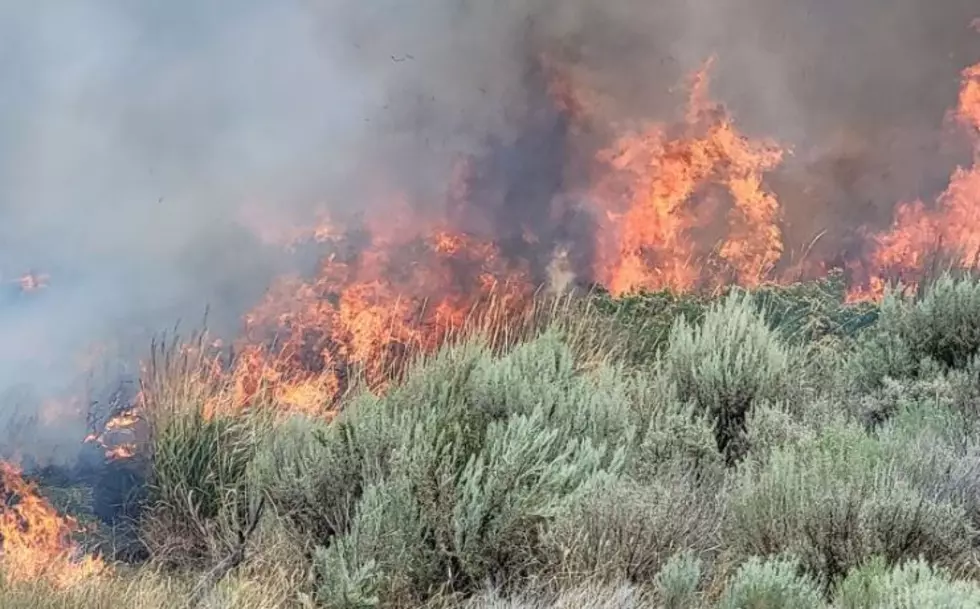
New Fire Bans on 7 WA Wildlife Refuges, Through September
7 Wildlife refuge areas overseen by the US Fish and Wildlife Service now have complete fire and burn bans through September.
These seven areas have complete fire bans
Citing dry weather and the coming July 4th weekend as well, the US Fish and Wildlife Service announced Wednesday there are complete fire and campfire bans in 7 southeastern WA wildlife refuge areas.
These are lands that are open to the public but have restrictions such as no disturbing or picking of the foliage, no drone usage, or other activities that would damage the grounds.

Most of them have limited camping accessibility, but it's not as widespread as a typical campground. The 7 areas that now have a fire ban include, according to Fish and Wildlife:
"Included in the order are the Hanford Reach National Monument and Columbia, Cold Springs, Conboy Lake, McKay Creek, McNary, Toppenish, and Umatilla National Wildlife Refuges. Use of any fire, including the use of charcoal briquettes and cooking stoves, is prohibited. Also banned are smoking outside of an enclosed vehicle and operation of any motor without an approved and working spark arrester. Fireworks and campfires are banned year-round."
The complete bans begin tonight at midnight and will last through September 30th, of 2024.
The Mid Columbia River Fire Zone has been elevated to a High Fire Danger status this week. According to Fish and Wildlife:
"While other areas of the country are experiencing massive fires, the national wildlife refuges in Oregon and Washington have so far seen only a handful of comparatively small fires that have been quickly extinguished."
For more information on these areas and what's allowed and what's not, click here.
LOOK: The most expensive weather and climate disasters in recent decades
Gallery Credit: KATELYN LEBOFF
More From 870 AM KFLD









